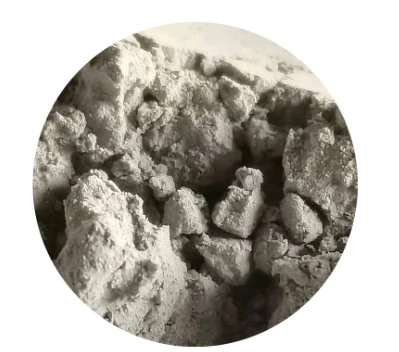

Furthermore, recyclability of the sand is a critical consideration for modern foundries committed to sustainability and cost efficiency. Effective reclamation strategies, including mechanical and thermal methods, enable the reuse of sand in multiple casting cycles, preserving natural resources and reducing waste disposal costs. Trust in a foundry's eco-friendly practices can boost its reputation among environmentally-conscious clients, who are increasingly prioritizing sustainability in their supplier networks. In practice, the synergy between the selected sand, binders, and additives, tailored to the specific metal being cast, defines the expertise of the foundry. For example, casting ferrous metals like cast iron requires sand with high refractoriness compared to non-ferrous metals such as aluminum which require enhanced permeability to compensate for their lower melting temperatures. Addressing potential casting defects is equally essential in establishing trustworthiness and reliability in customer relationships. Defects such as gas porosity, sand inclusion, and surface roughness can often be traced back to inappropriate sand properties or handling processes. An authoritative foundry will employ advanced techniques such as X-ray radiography and ultrasonic testing to diagnose and preemptively tackle these issues. In conclusion, the role of sand in the sand casting process cannot be understated. Mastery in selecting the right sand, optimizing its attributes through precise testing and blending, and incorporating state-of-the-art reclamation processes determines a foundry's capacity to deliver high-quality cast products. As the industry evolves, continuous learning and adaptation in sand casting techniques not only showcase expertise but also reinforce a foundry's position as a leader in quality and innovation. By maintaining a focus on authenticity, expertise, and sustainability, foundries can forge ahead in reputation and reliability, ensuring that their products are not only meeting but exceeding market expectations. Post time:জানু. . 28, 2025 05:24
Next:Ceramcast sand ball shape for sand casting
